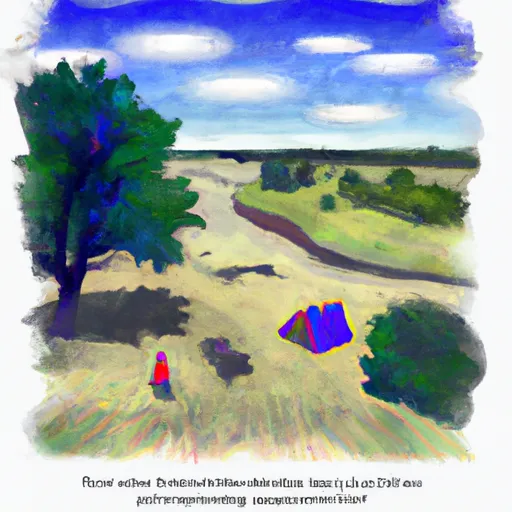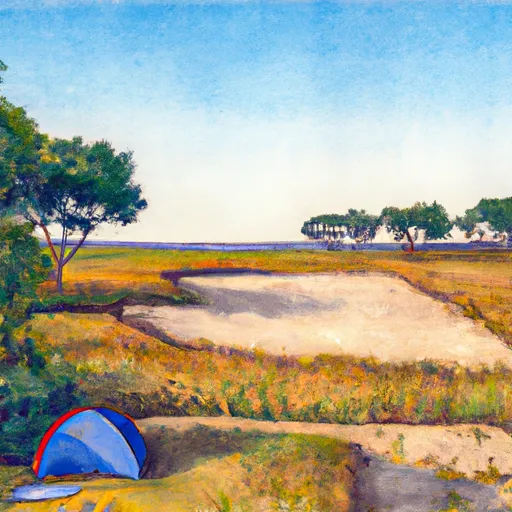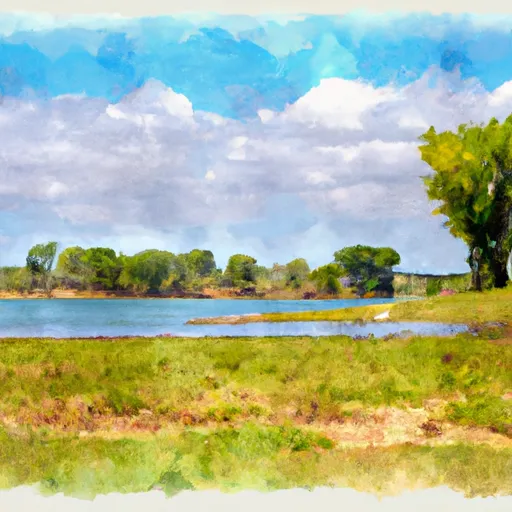Summary
Summers in Kearney are typically hot and humid, with average temperatures ranging from the 80s to low 90s Fahrenheit (26-33°C). Winters, on the other hand, are cold and can be quite snowy, with temperatures averaging in the 20s to low 30s Fahrenheit (-4 to 0°C).
The hydrology constituents of Kearney are primarily influenced by the nearby Platte River. The Platte River, known for its shallow and braided channels, provides a vital water source for the region. Additionally, Kearney lies in close proximity to several reservoirs, such as Johnson Lake and Cottonmill Lake, offering opportunities for boating, fishing, and water-based activities.
Outdoor enthusiasts in Kearney can enjoy various recreational activities. The city has an extensive park system with beautiful trails for walking, jogging, and biking. The Fort Kearny State Recreation Area, situated along the Platte River, provides camping, picnicking, and hiking opportunities. Moreover, the nearby Sandhill Crane Migration attracts visitors from around the world who come to witness the incredible spectacle of thousands of cranes gathering along the river during their annual migration in the spring.
Weather Forecast
Kearney receives approximately 639mm of rain per year, with humidity levels near 81% and air temperatures averaging around 10°C. Kearney has a plant hardyness factor of 5, meaning plants and agriculture in this region thrive during a short period during spring and early summer. Most plants will die off during the colder winter months.
Area Campgrounds
| Location | Reservations | Toilets |
|---|---|---|
 Union Pacific State Rec Area
Union Pacific State Rec Area
|
||
 Fort Kearny State Rec Area
Fort Kearny State Rec Area
|
||
 Bassway Strip State Wildlife Area
Bassway Strip State Wildlife Area
|

 West Lincoln Way Park
West Lincoln Way Park
 Cottonmill Lake State Recreation Area
Cottonmill Lake State Recreation Area
 Dryden Park
Dryden Park
 Collins Park
Collins Park
 Hammer Park
Hammer Park